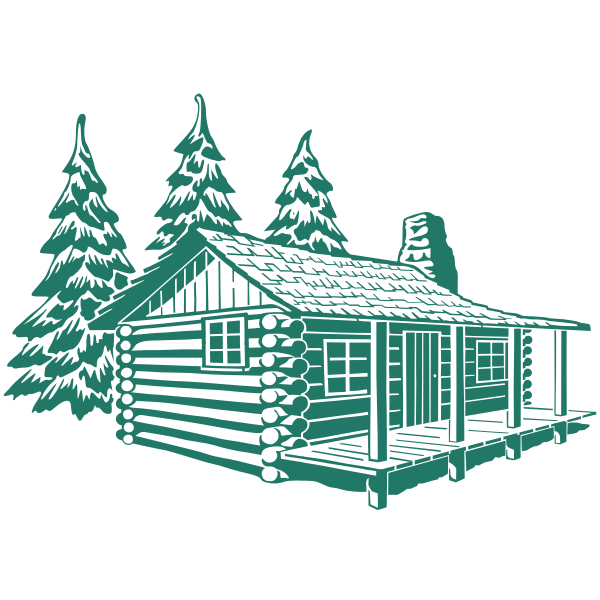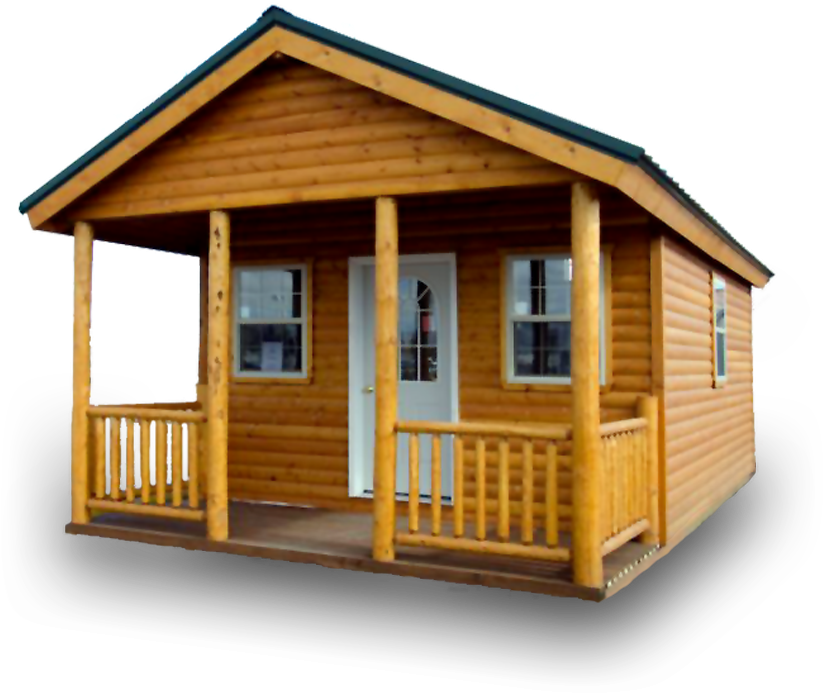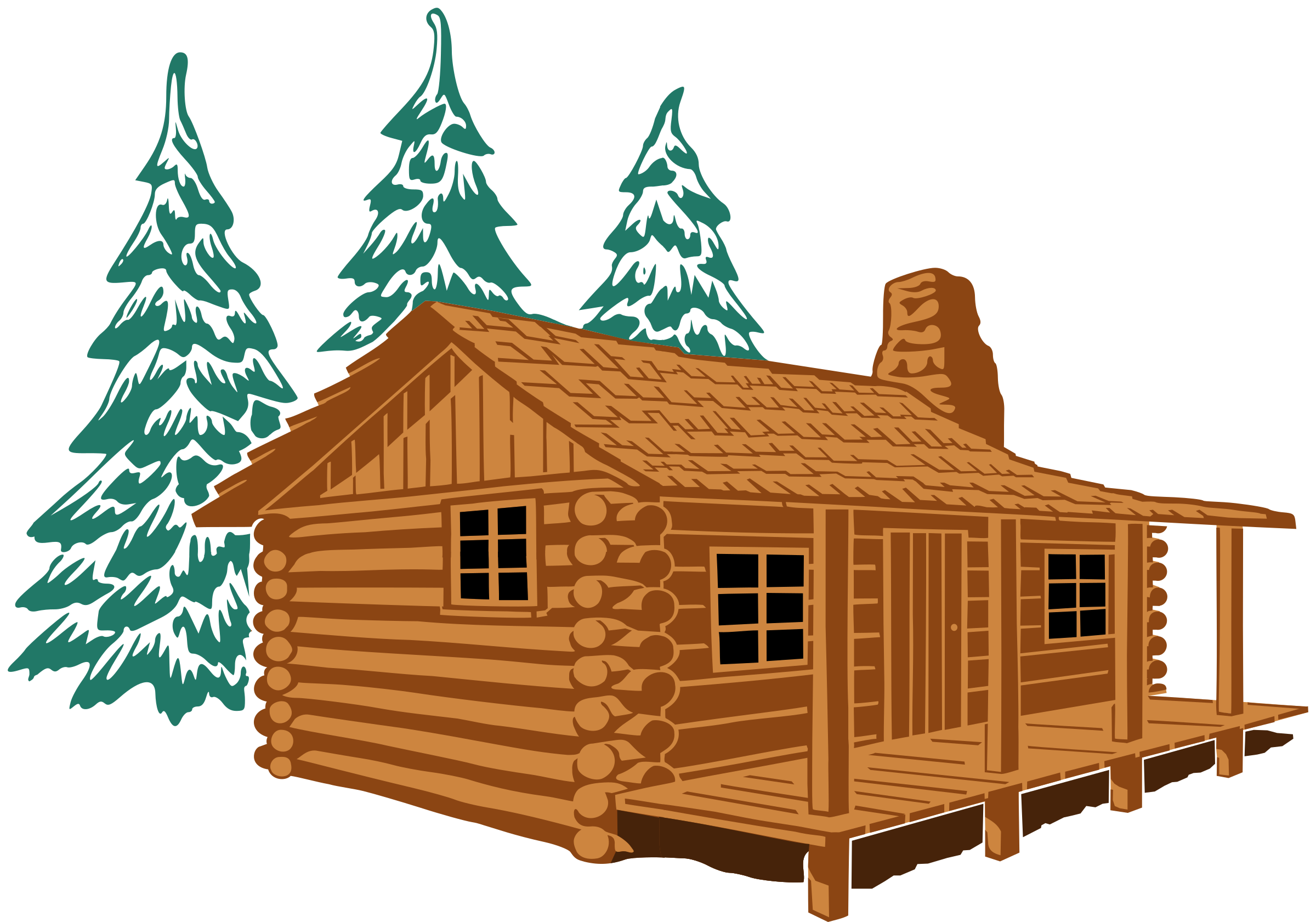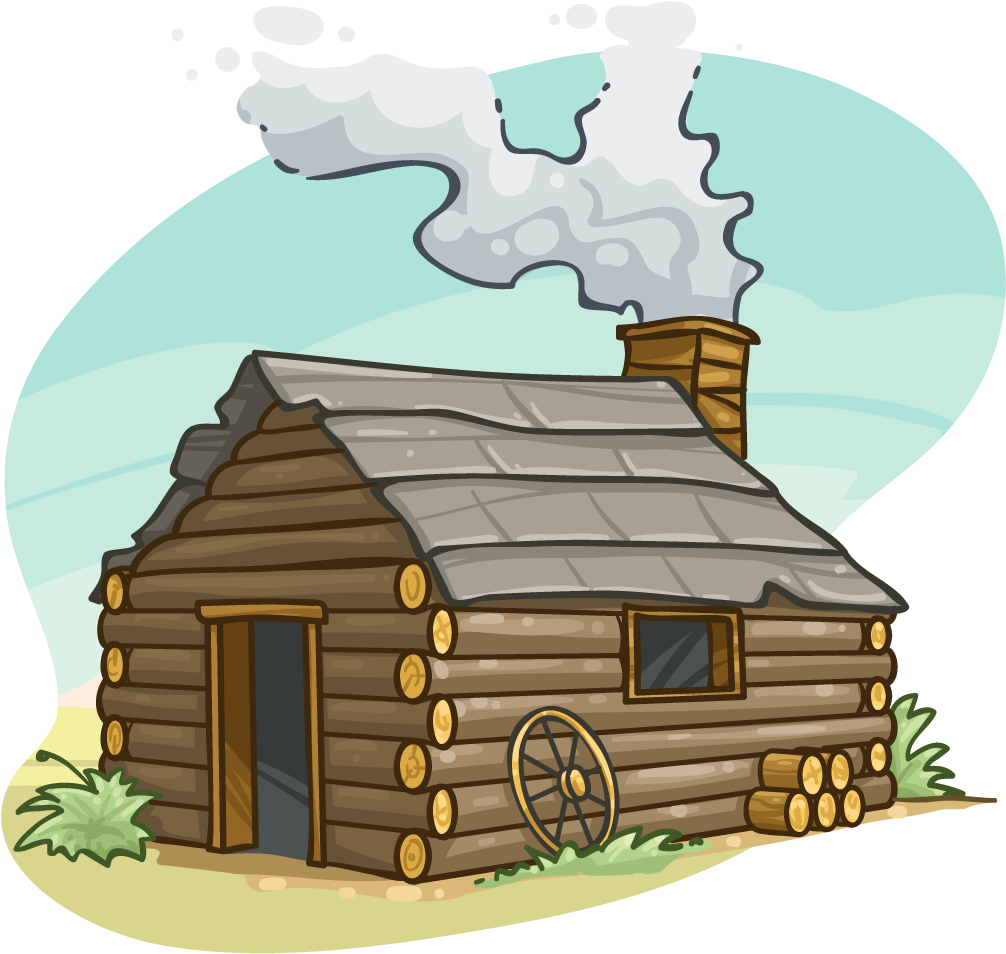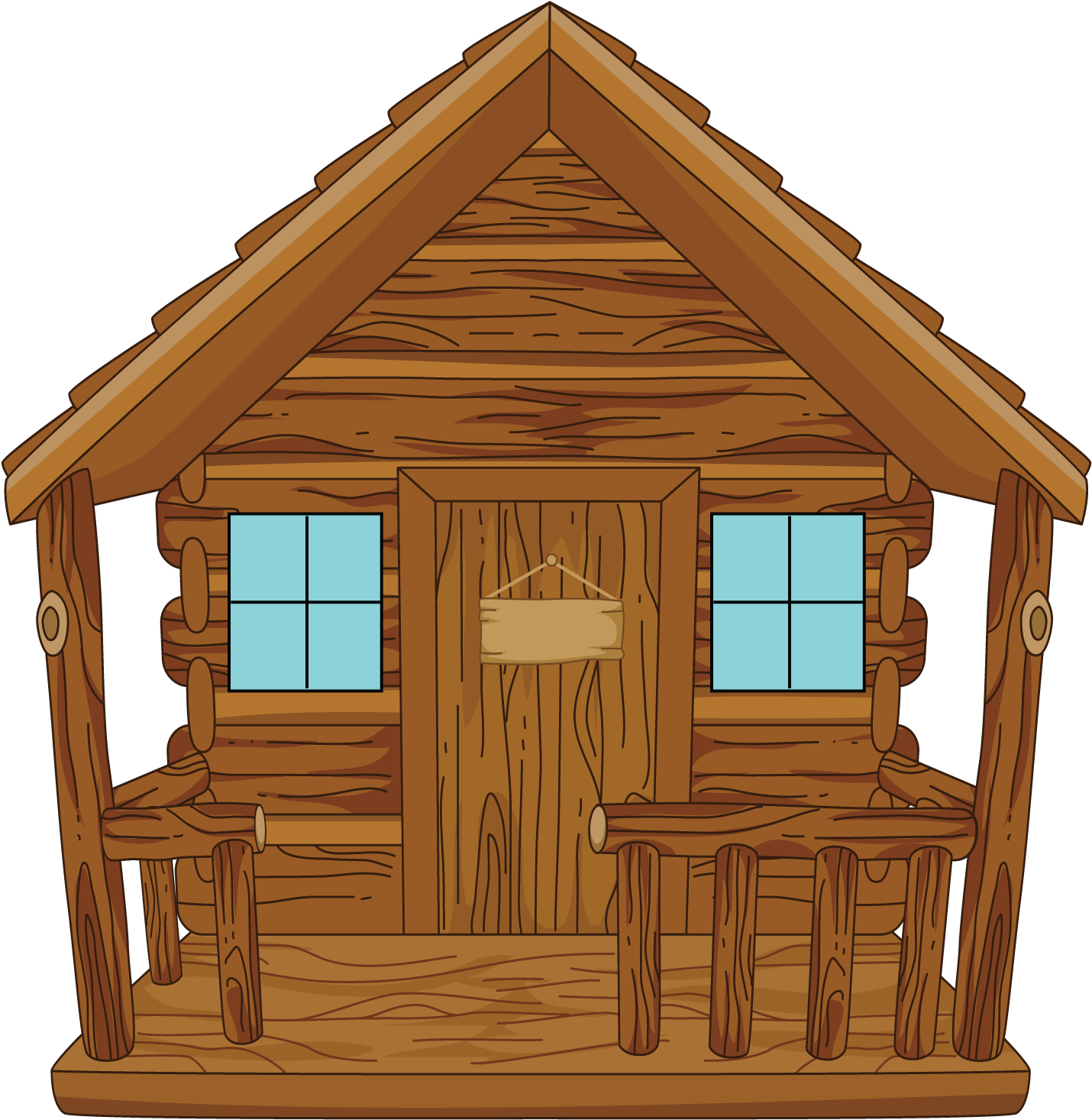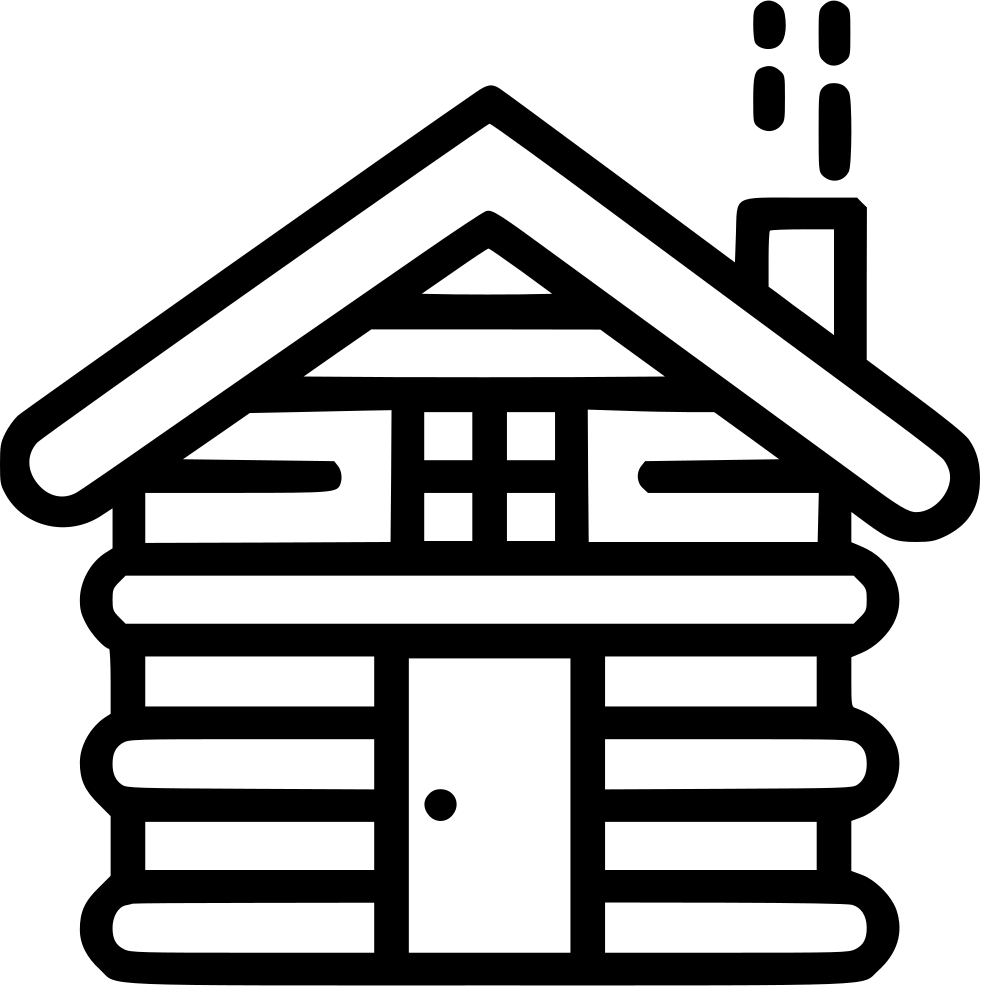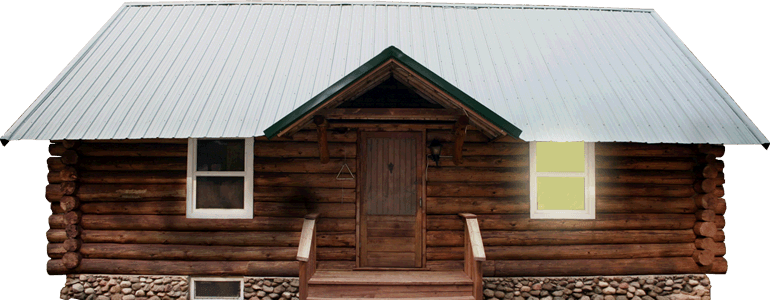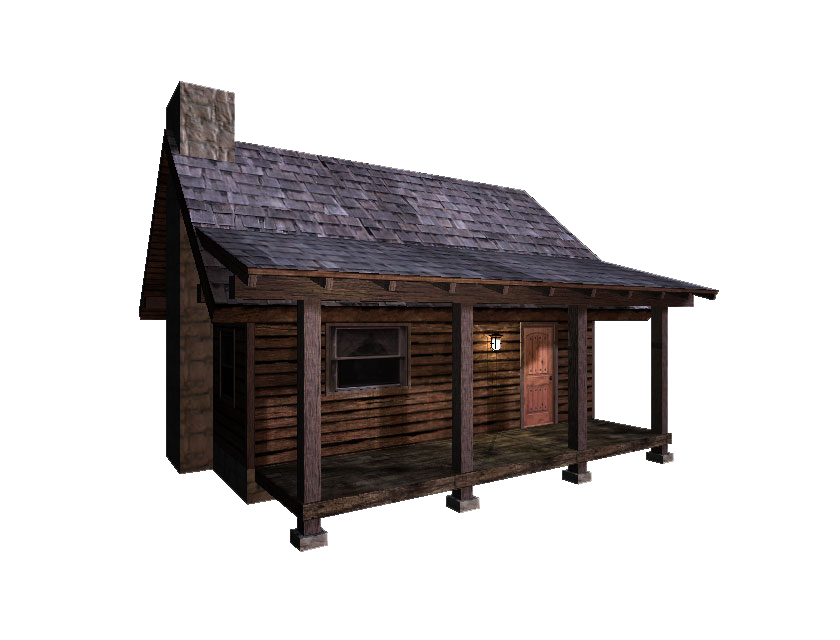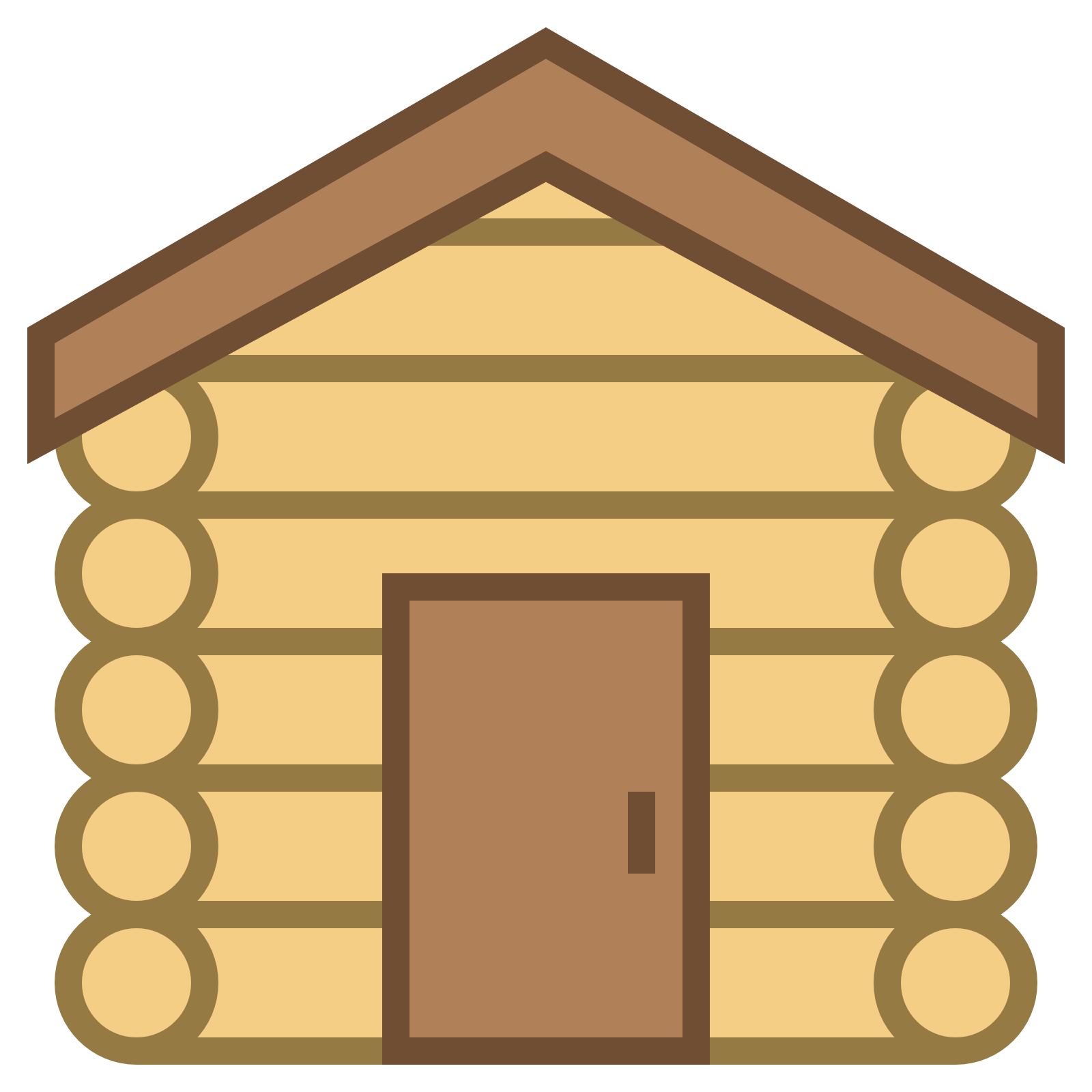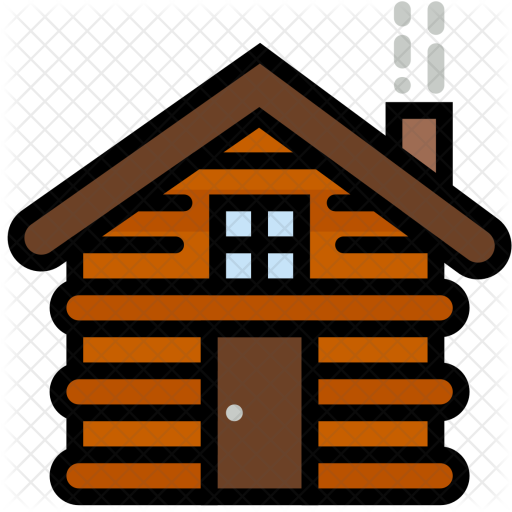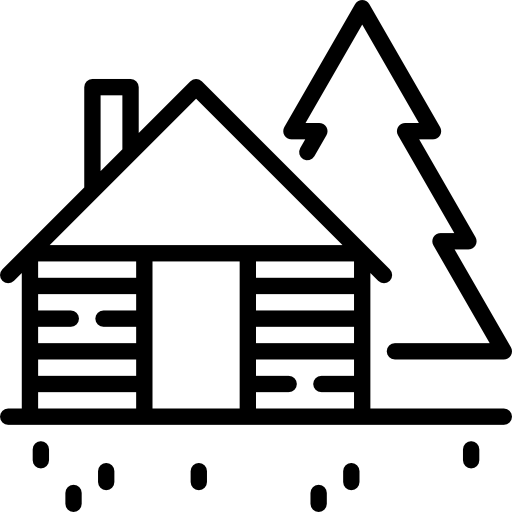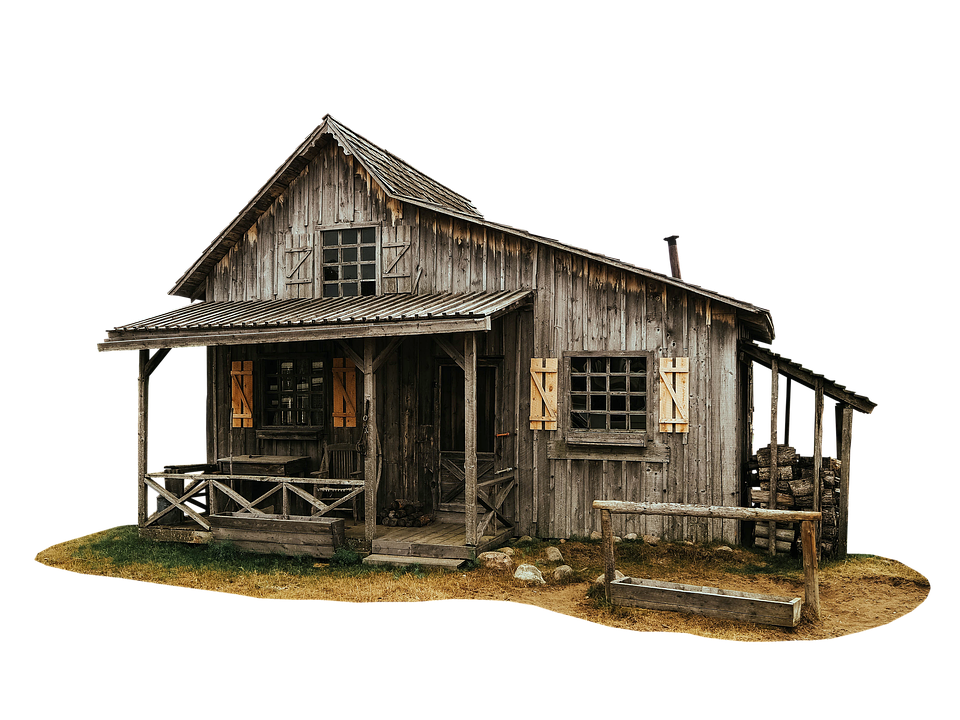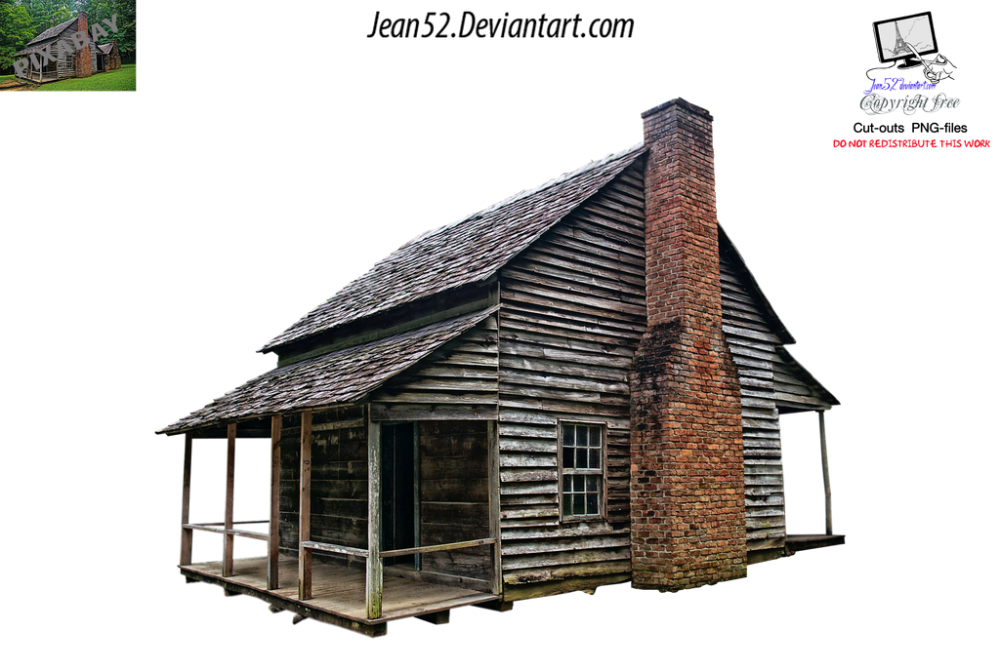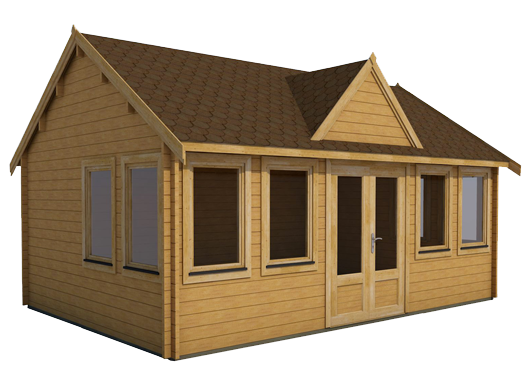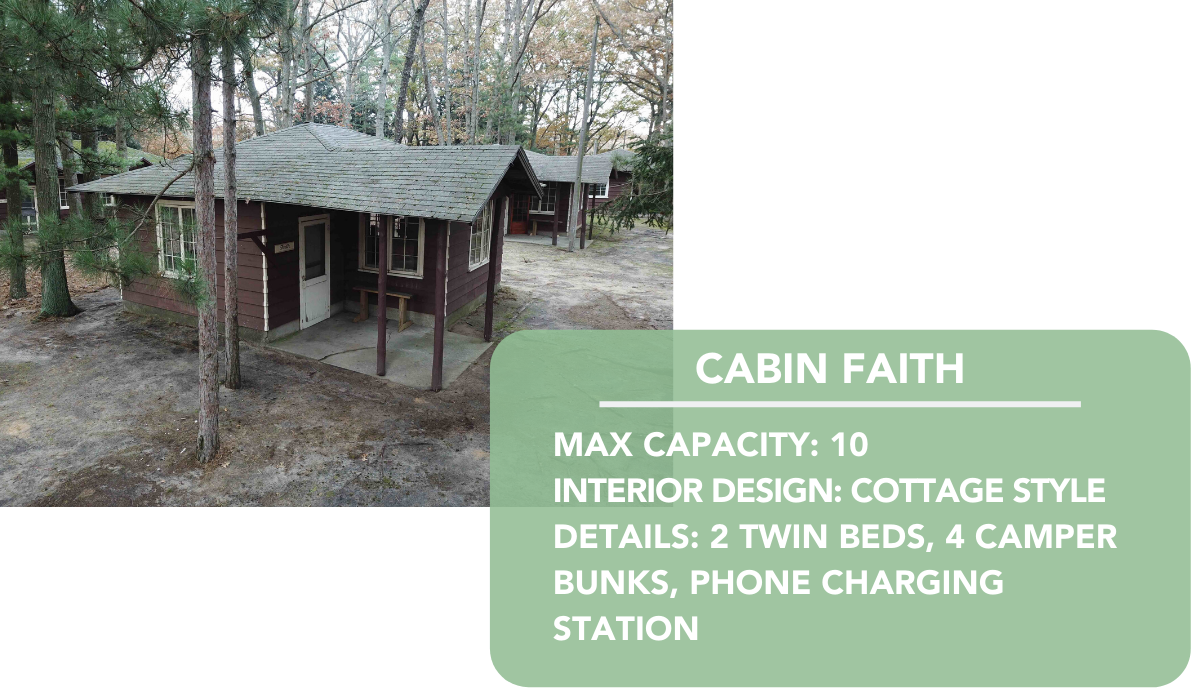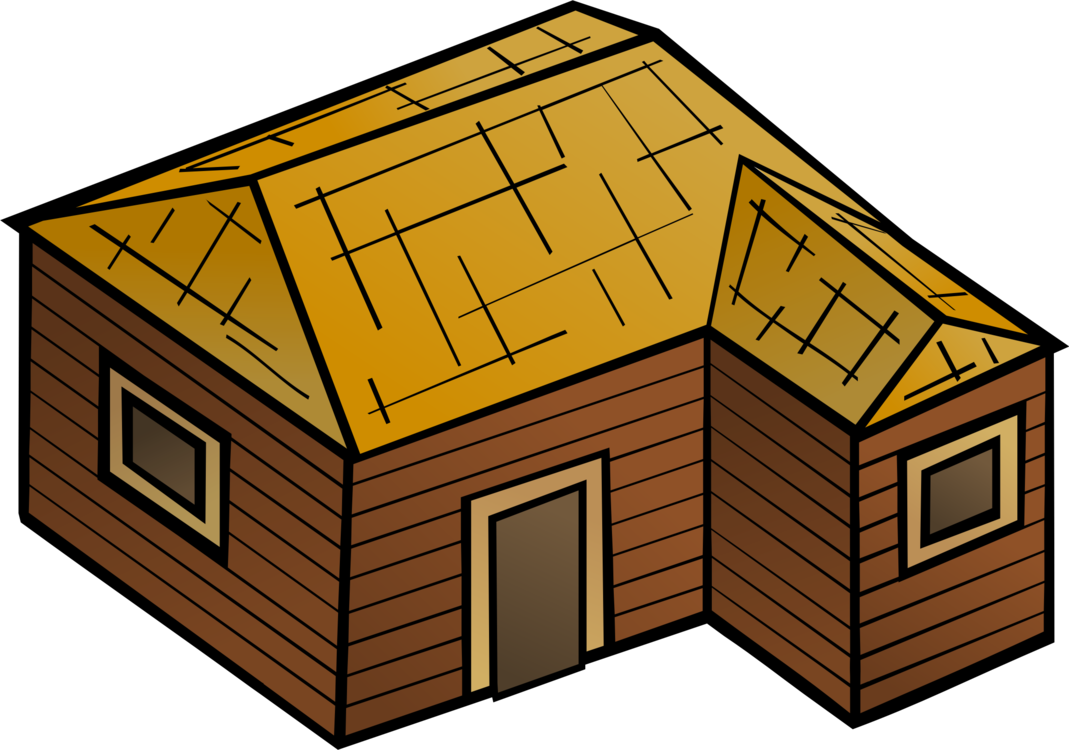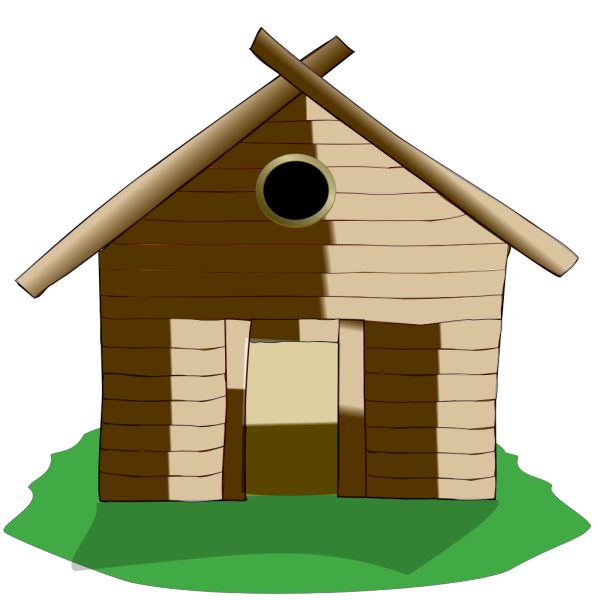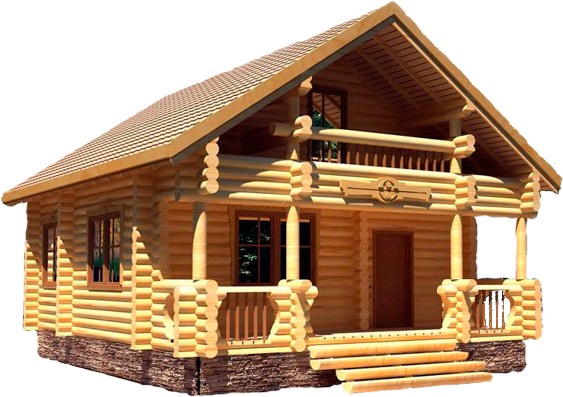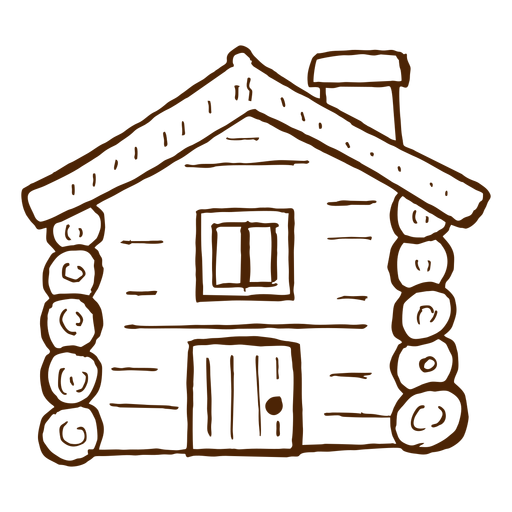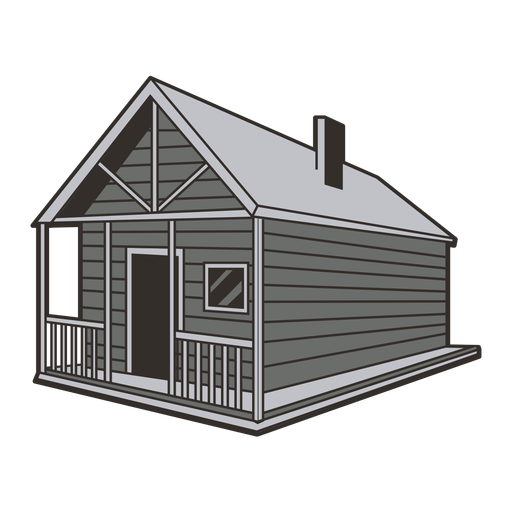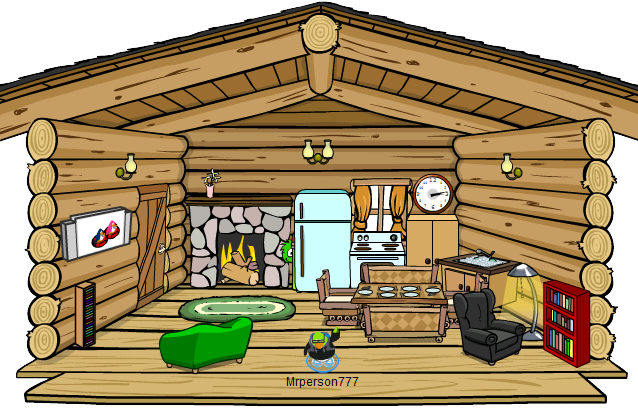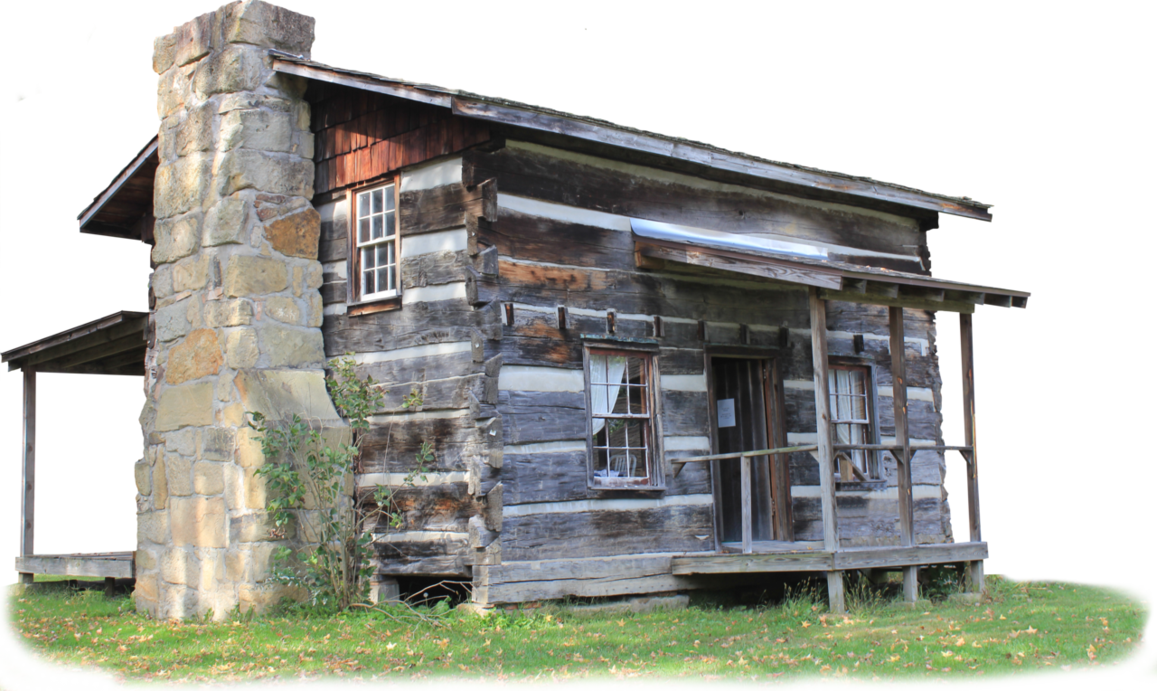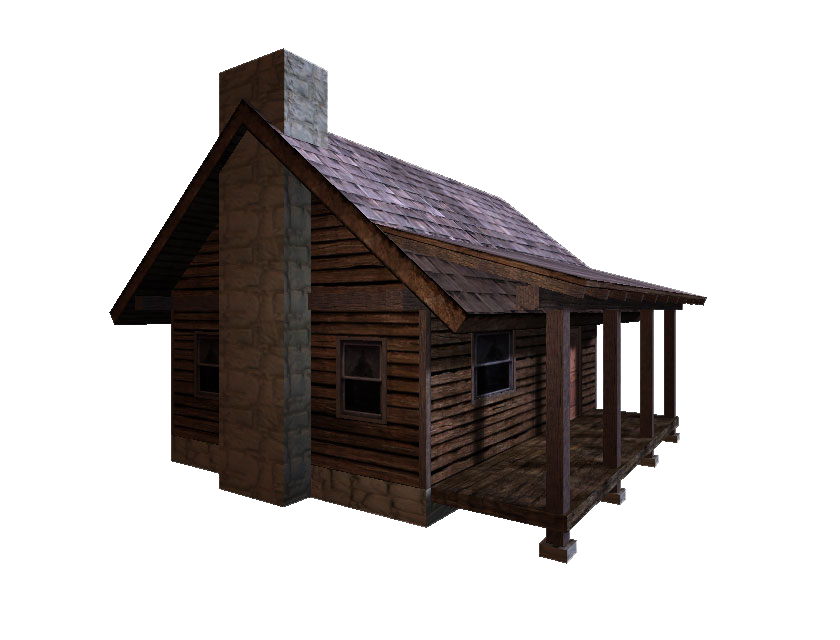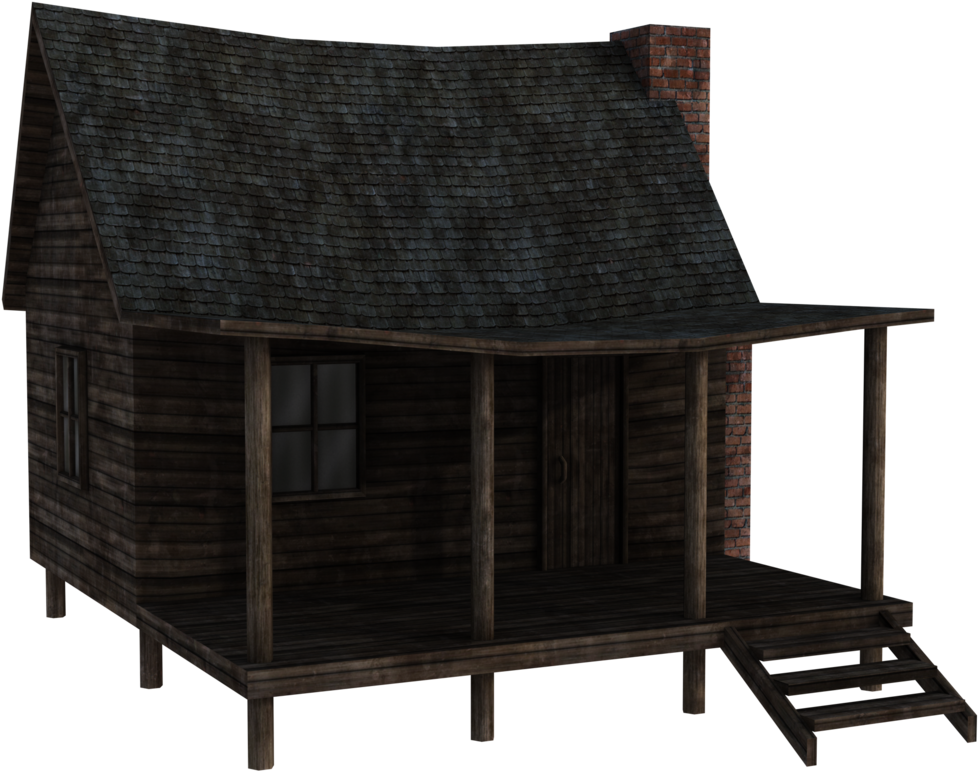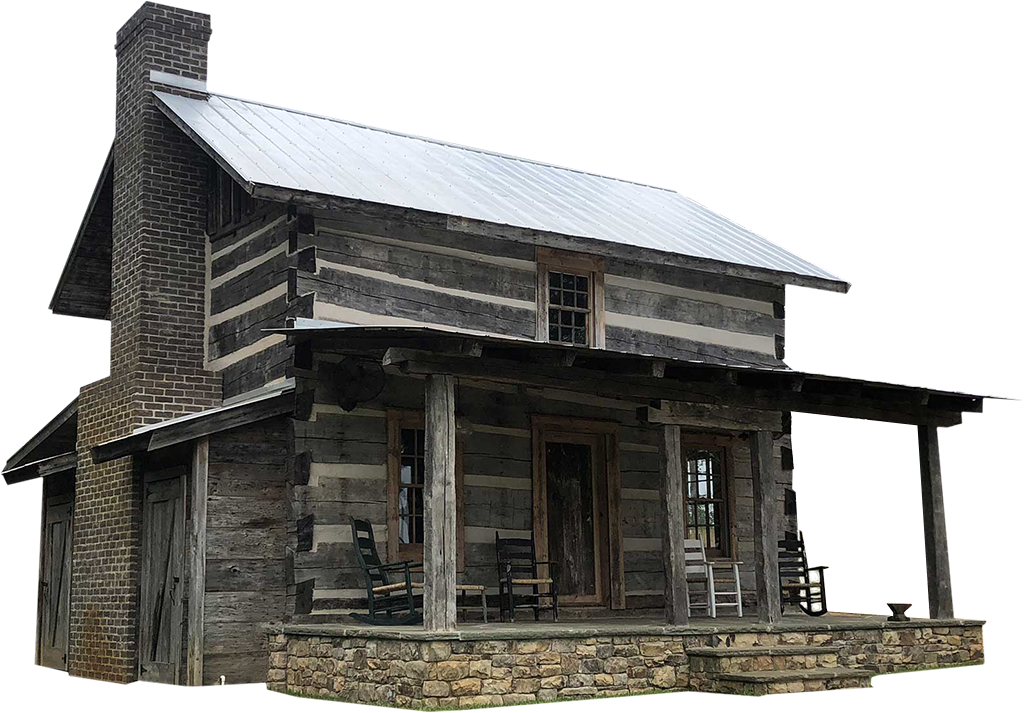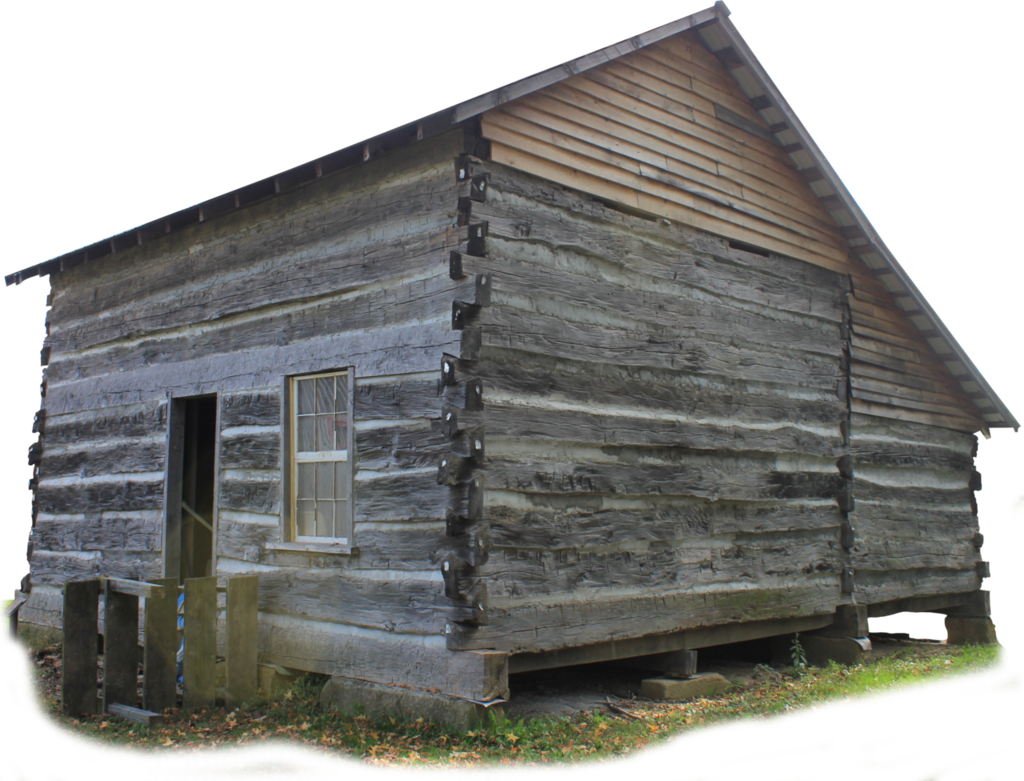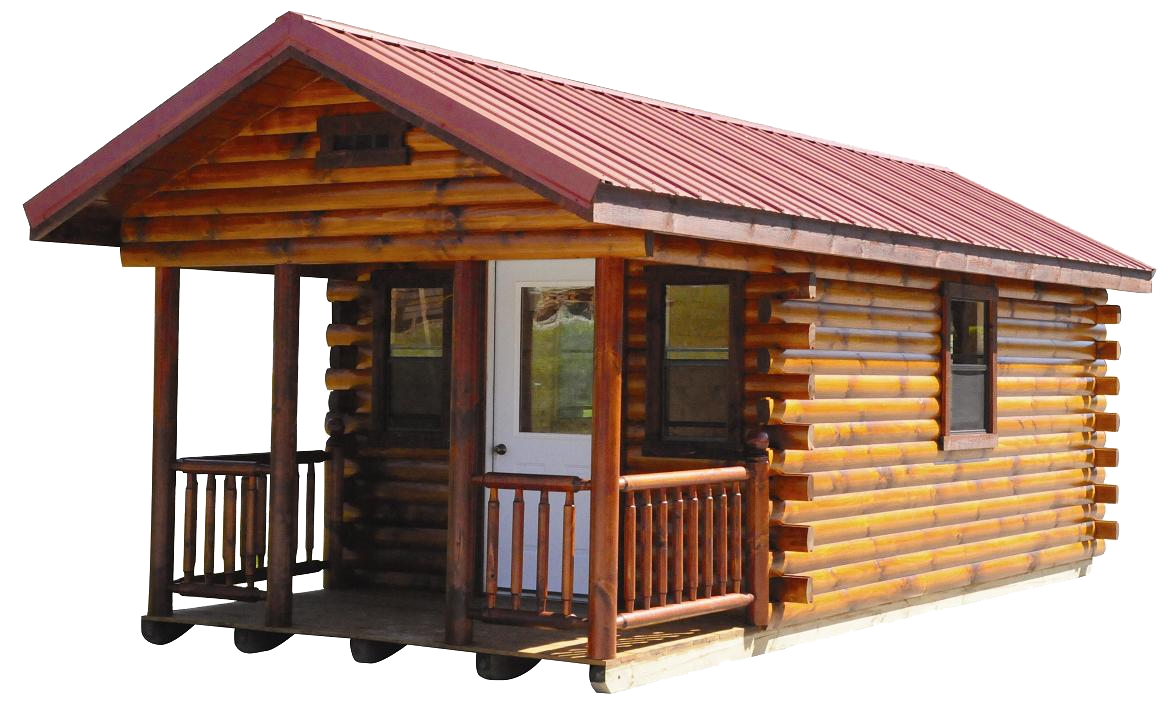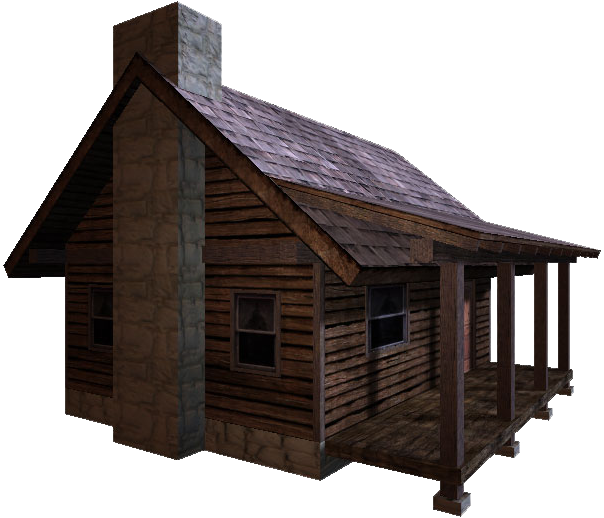Download top and best high-quality free Cabin PNG Transparent Images backgrounds available in various sizes. To view the full PNG size resolution click on any of the below image thumbnail.
License Info: Creative Commons 4.0 BY-NC
On popular bathing beaches, a beach house is a small, generally wooden, and frequently brightly colored box located above the high tide mark. They are commonly used to provide shade from the heat or breeze, to change into and out of swimming costume, and to store certain personal goods safely. Some beach bungalows provide basic amenities for making food and hot beverages using bottled gas or, on rare occasions, mains power.
Beach huts are arranged in one or more ranks at the top of the beach in many coastal towns. Beach huts may be privately owned or owned by the local council or another administrative entity, depending on the locality. Due to their handy placement on prominent beaches, privately owned beach huts can attract astronomical prices that are out of all proportion to their size and amenities. In 2006, a pre-war wooden beach cottage in West Bexington, Dorset, sold for £216,000 at auction, while in 2012, a beach hut on Mudeford Spit sold for £170,000, with prices rising to over £270,000 by 2017. However, these were unique circumstances, as both allowed for overnight visits. In 2009, typical hut prices in the UK ranged from £6,000 in Walton on the Naze to £35,000 on average. In January 2016, a beach bungalow in Brighton, Victoria, Australia, was sold for an all-time high of $285,000.
“The average asking price for a beach hut in Britain has rocketed up from £25,578 to £36,034” in a single year, according to a survey dated April 2021.
In the United Kingdom today, there are estimated to be over 20,000 beach cottages. Lowestoft, Southwold, Walton-on-the-Naze, Frinton-on-Sea, Abersoch, Langland Bay, Rotherslade, Rustington, St Helens, Isle of Wight, Tankerton Slopes, and Mersea Island are among the places where beach huts may be seen. Wimereux, France, magnificent colorful scenery in Cape Town, South Africa, Nesodden, Norway, and Brighton and elsewhere near Port Phillip, Australia are among the locations in other nations.
Holhiashi are little Maldivian resting spots that can only be found in the Maldives. These little beach houses are usually located near beaches or harbors.
The famous bathing boxes at Brighton, Australia, have been documented since 1862. Bathing boxes are assumed to have been built and utilized as a reaction against Victorian morality, and are known to have existed not just in Australia, but also on the beaches of England, France, and Italy, as well as Cape Town, at the same period.
They emerged from Victorians’ wheeled bathing machines, which were utilized to maintain their modesty. When George III had a therapeutic bath at Weymouth to the music of ‘God Save the King,’ he gave royal assent to the new trend, and Queen Victoria erected one at Osbourne House on the Isle of Wight in the 1840s.
Beach huts were once thought of as “holiday cottages for the working classes,” but their image was revitalized in the 1930s when George V and Queen Mary spent the day at one in Sussex, and other owners have included the Spencer family and Laurence Olivier. All UK beaches were closed during WWII, but their reopening in the late 1940s and 1950s resulted in a revival of the British beach vacation and the era of the Beach Hut.
While many beach huts were converted from fishermen’s huts, boatsheds, or bathing machines, some of the first purpose-made beach huts in the UK were built at Bournemouth in 1909, on either side of Bournemouth Pier. They were designed by F. P. Dolamore, the Borough Engineer of Bournemouth, and were available for lease for £12 10s per year. Before World War I, 160 cottages, or bungalows as they were called, were erected. Today, Bournemouth has around 520 council-owned huts, with an additional 1200 privately owned huts. They range in type from classic timber sheds to extremely contemporary concrete terrace style huts like the 1950s Overstrand beach huts in Boscombe. The Beach Pods at the Surf Reef were refurbished to designs by Wayne and Gerardine Hemingway, proprietors of the Red or Dead label, and launched in Autumn 2009.
Download Cabin PNG images transparent gallery.
- Cabin PNG Picture
Resolution: 600 × 600
Size: 126 KB
Image Format: .png
Download
- Cabin House PNG Image HD
Resolution: 823 × 693
Size: 827 KB
Image Format: .png
Download
- Cabin House No Background
Resolution: 2400 × 1681
Size: 425 KB
Image Format: .png
Download
- Cabin House PNG Images HD
Resolution: 1006 × 954
Size: 131 KB
Image Format: .png
Download
- Cabin House PNG Free Image
Resolution: 1430 × 1466
Size: 237 KB
Image Format: .png
Download
- Cabin House PNG
Resolution: 981 × 986
Size: 65 KB
Image Format: .png
Download
- Cabin House PNG Pic
Resolution: 770 × 300
Size: 98 KB
Image Format: .png
Download
- Cabin House PNG File
Resolution: 840 × 640
Size: 270 KB
Image Format: .png
Download
- Cabin House PNG Image
Resolution: 1600 × 1600
Size: 85 KB
Image Format: .png
Download
- Cabin Cottage
Resolution: 512 × 512
Size: 115 KB
Image Format: .png
Download
- Cabin PNG HD Image
Resolution: 953 × 980
Size: 28 KB
Image Format: .png
Download
- Cabin PNG Image HD
Resolution: 980 × 950
Size: 27 KB
Image Format: .png
Download
- Cabin No Background
Resolution: 512 × 512
Size: 10 KB
Image Format: .png
Download
- Cabin House PNG Photo
Resolution: 512 × 512
Size: 12 KB
Image Format: .png
Download
- Cabin PNG Images HD
Resolution: 512 × 512
Size: 14 KB
Image Format: .png
Download
- Cabin Cottage PNG
Resolution: 960 × 674
Size: 135 KB
Image Format: .png
Download
- Cabin Cottage PNG Pic
Resolution: 512 × 512
Size: 48 KB
Image Format: .png
Download
- Cabin Cottage PNG File
Resolution: 960 × 720
Size: 729 KB
Image Format: .png
Download
- Cabin House PNG Cutout
Resolution: 1000 × 669
Size: 604 KB
Image Format: .png
Download
- Cabin PNG Free Image
Resolution: 528 × 379
Size: 215 KB
Image Format: .png
Download
- Cabin PNG
Resolution: 1200 × 700
Size: 838 KB
Image Format: .png
Download
- Cabin PNG Pic
Resolution: 1069 × 750
Size: 336 KB
Image Format: .png
Download
- Cabin House PNG Images
Resolution: 600 × 600
Size: 109 KB
Image Format: .png
Download
- Cabin PNG File
Resolution: 563 × 397
Size: 341 KB
Image Format: .png
Download
- Cabin PNG Image
Resolution: 700 × 707
Size: 27 KB
Image Format: .png
Download
- Cabin House PNG Photos
Resolution: 512 × 512
Size: 13 KB
Image Format: .png
Download
- Cabin PNG Photo
Resolution: 512 × 512
Size: 109 KB
Image Format: .png
Download
- Cabin Cottage PNG Image
Resolution: 512 × 512
Size: 23 KB
Image Format: .png
Download
- Cabin PNG Cutout
Resolution: 512 × 512
Size: 12 KB
Image Format: .png
Download
- Cabin PNG Images
Resolution: 630 × 315
Size: 18 KB
Image Format: .png
Download
- Cabin PNG Photos
Resolution: 512 × 512
Size: 85 KB
Image Format: .png
Download
- Cabin
Resolution: 638 × 409
Size: 109 KB
Image Format: .png
Download
- Cabin House
Resolution: 1157 × 691
Size: 1102 KB
Image Format: .png
Download
- Cabin Transparent
Resolution: 840 × 640
Size: 278 KB
Image Format: .png
Download
- Cabin House Transparent
Resolution: 978 × 771
Size: 915 KB
Image Format: .png
Download
- Cabin House PNG Clipart
Resolution: 1024 × 713
Size: 892 KB
Image Format: .png
Download
- Cabin House PNG Picture
Resolution: 1024 × 781
Size: 1116 KB
Image Format: .png
Download
- Cabin PNG Clipart
Resolution: 1168 × 711
Size: 1456 KB
Image Format: .png
Download
- Cabin House PNG HD Image
Resolution: 604 × 518
Size: 340 KB
Image Format: .png
Download
